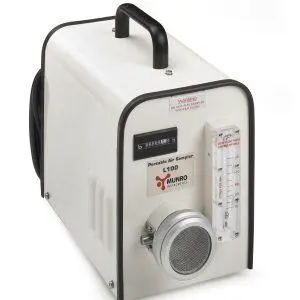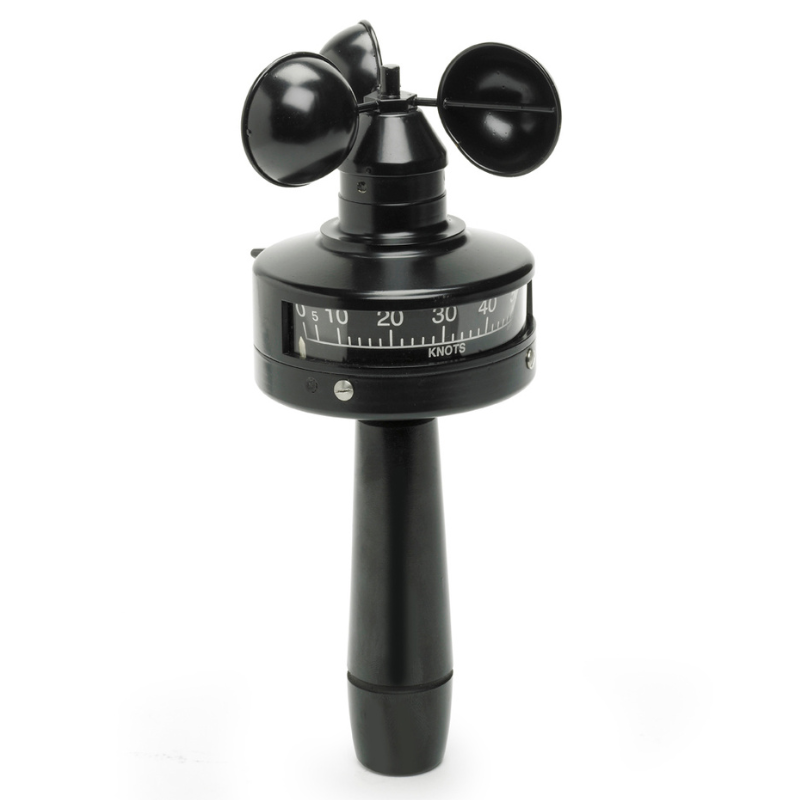Air samplers are devices used to collect air samples for analyzing contaminants such as dust, gases, or microbes. The primary goal of an air sampler is to capture a representative sample of the air in question, and the flow rate is one of the most crucial factors that determine its effectiveness.
Understanding Flow Rate
Flow rate refers to the volume of air passing through the air sampler per unit of time. It is typically measured in liters per minute (L/min) or cubic meters per hour (m³/h).
Types of Flow Rates in Air Samplers
- High flow rate: Suitable for rapid sampling of large volumes.
- Low flow rate: Designed for capturing smaller or specific-sized particles over longer durations.
Importance of Sampling Efficiency
Sampling efficiency is the ability of an air sampler to collect particles or gases effectively and representatively. Why is this important? Because inefficient sampling can lead to inaccurate results, affecting decisions on workplace safety, environmental health, or contamination control.
Factors Influencing Sampling Efficiency
- Particle size.
- Flow rate.
- Environmental conditions (e.g., humidity, temperature).
How Flow Rate Affects Sampling Efficiency
The relationship between flow rate and sampling efficiency is a balancing act. Too high, and you might lose small particles. Too low, and you could miss larger contaminants.
Impact of High Flow Rates
- Advantages: Faster sampling, suitable for large particles.
- Disadvantages: Can blow smaller particles past the sampler, reducing efficiency.
Impact of Low Flow Rates
- Advantages: Better for capturing small particles.
- Disadvantages: Takes longer and may not capture enough volume for analysis.
Optimal Flow Rate for Specific Applications
Each application demands a specific flow rate to maximize efficiency. For instance:
- Industrial air quality testing: High flow rates.
- Medical cleanrooms: Low, controlled flow rates.
Particle Size and Flow Rate
The size of airborne particles significantly impacts the efficiency of air samplers:
- Small particles (<1 µm): Require slower flow rates for capture.
- Large particles (>5 µm): Benefit from higher flow rates to prevent settling.







